Exhibits


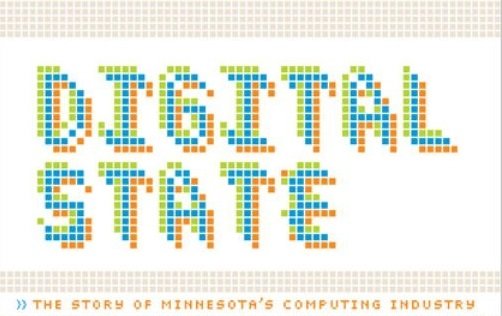
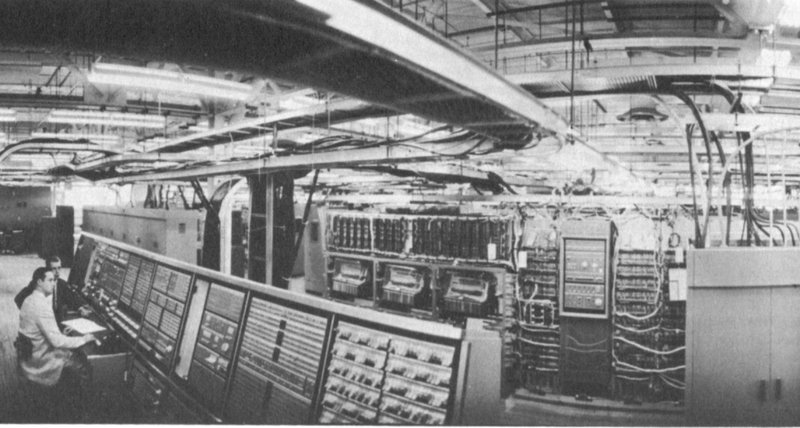
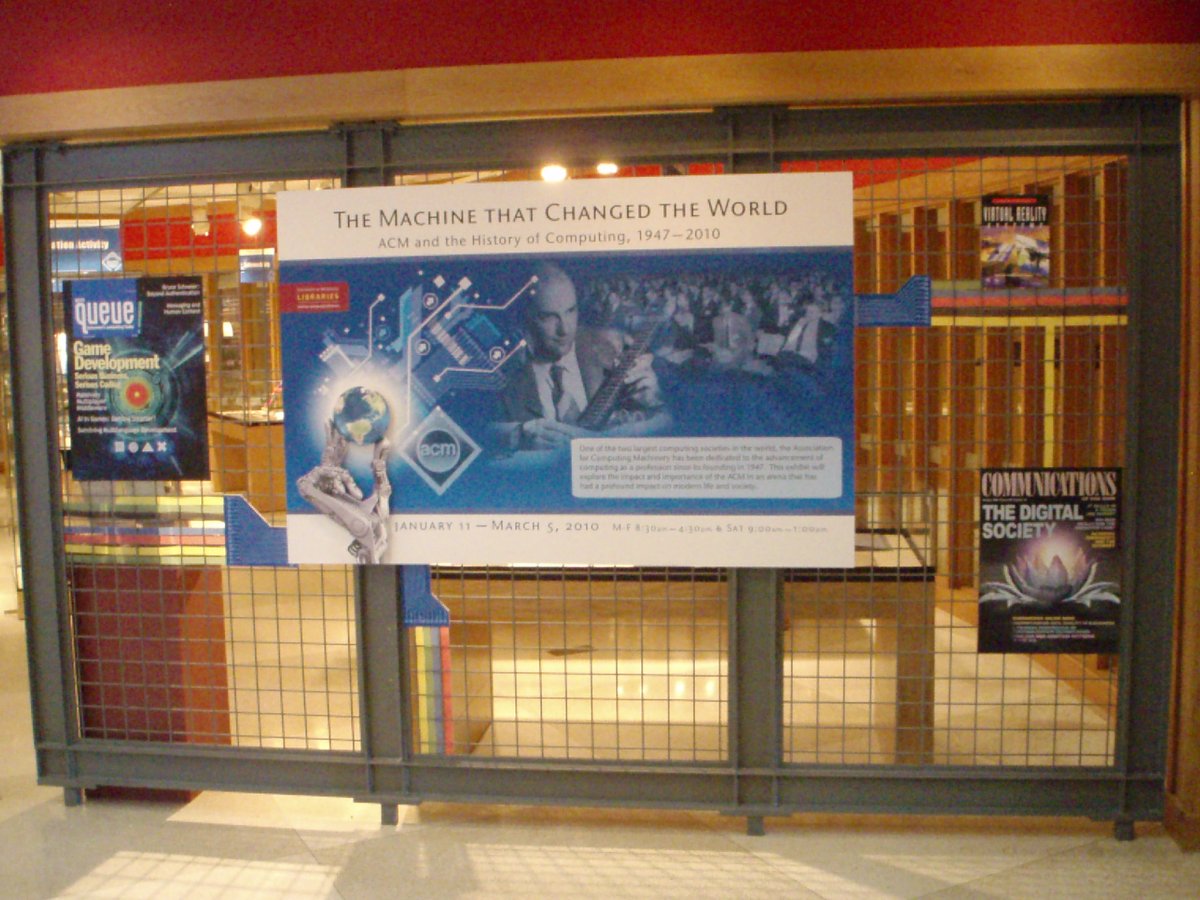
As part of our mission, CBI engages in programming of several gallery and digital exhibits each year in collaboration with the Department of Archives and Special Collections at the University of Minnesota Libraries. Along with digitizing these physical exhibits to continue serving as a resource, CBI has also established a collection of born digital exhibits relating to special projects, collections and publications as a way to educate the public to have a greater understanding of the impact of computing on information, and culture for the past, present and future.
Our gallery exhibits are found in both The Elmer L. Andersen Library first floor Atrium Gallery and our own exhibit cases located in and around Suite 211 on the second floor of the Andersen Library.
How It Started, How It’s Going: Interactivity and High-Tech Culture
Experts in human-computer interaction (HCI), virtual reality (VR), and digital graphics have dabbled across these overlapping fields for many years, but a new generation of users and high-tech culture mavens are integrating these technologies to take them to new and dizzying heights.

Candid Photos of Computer Scientists
Throughout the 1970s and 1980s, Ben Shneiderman documented the many computer conferences, lectures and colloquia happening across the United States and around the globe. In attendance at many of these events were pioneers of the early high-tech industry. This exhibit features thirty of Ben's photographs, depicting foundational people in computer science, including (amongst others) Grace Hopper, Carl Hammer, Jean Sammet and Joseph (J.C.) Licklider.

Current Andersen Library Gallery Exhibit
Sherlock Holmes at 50: Celebrating the Golden Anniversary of the Sherlock Holmes Collections
This exhibit celebrates the 50th anniversary of the University Libraries’ Sherlock Holmes Collections through a selection of 50 objects outlining the history and development of the collections as it seeks to be the world’s center for the study and appreciation of Mr. Holmes in literature and popular culture.
Drawing on decades of materials acquired through purchase, donation, and bequest, the exhibition includes rare manuscripts and artwork as well as more readily available items. Each piece tells a part of this remarkable story, placing the Collections within the broader universe of Sherlockiana. Highlights include:
- the first appearance of a Holmes adventure
- manuscript leaves and letters in Sir Arthur Conan Doyle’s hand
- original illustrations, posters, and sculpture
- seldom-seen albums and ephemera
- new acquisitions
Exhibit details
What: Sherlock Holmes at 50: Celebrating the Golden Anniversary of the Sherlock Holmes Collections
When: Monday, June 3 through Friday, Sept. 20, 2024 (Weekdays only)
Hours: Open during library hours (9 a.m. to 5 p.m. on Monday, Tuesday, and Friday; and 9 a.m. to 6 p.m. on Wednesday and Thursday)
Where: Elmer L. Andersen Library, atrium gallery | Parking & directions
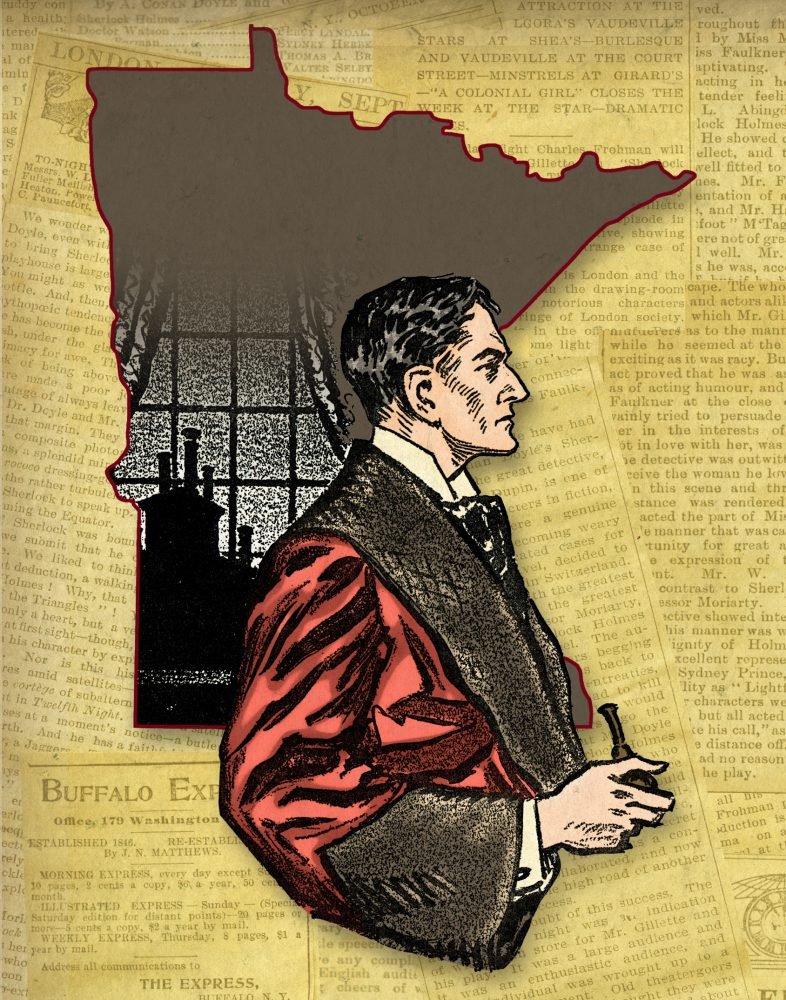
Past Andersen Gallery Exhibits
Dear Community: Mail, Correspondence, and Postal Activism in LGBTQ History
This exhibit pulls materials from across the Tretter Collection in GLBT Studies to demonstrate the way mail has been an integral tool for LGBTQ community building. Using personal papers, organizational records, and periodicals held in the Tretter Collection, this exhibit examines how the use of mail by LGBTQ people has subverted the postal service through challenging obscenity laws, and the reliance on anonymity and discretion leading up to the Gay Liberation Movement of the 1970s.
By incorporating love letters, hate mail, pen pals, classified ads, and reader written periodicals from the 1950s through today, Dear Community evidences how sending mail has been a vehicle for queer and trans people to find themselves, find each other, and build community.
Curated by Aiden Bettine, Curator of the Tretter Collection in GBLT Studies
Exhibit design by Darren Terpstra
Exhibit details

Dance Roots: Minnesota’s Movers and Shakers
Unearthing the roots of dance education and performance in the Twin Cities reveals a century ripe with talent and innovation. This exhibit assembles dance history curated from the University of Minnesota’s Performing Arts Archives (PAA).
Established in 1971, the goal of the PAA is to document as fully as possible the activities of individuals and groups in both professional and amateur performing arts throughout the state. The collections include the most important companies in each of the major arts fields. Dance Roots highlights the local and international influences that make for a competitive and fascinating network of choreographers, dancers, teachers, and dance photographers. The gallery displays archival posters, writings, dance notation, never-before-seen media, costumes, and set designs.
Exhibit details

How It Started, How It’s Going
Interactivity and High-Tech Culture
Experts in human-computer interaction (HCI), virtual reality (VR), and digital graphics have dabbled across these overlapping fields for many years, but a new generation of users and high-tech culture mavens are integrating these technologies to take them to new and dizzying heights.
This exhibit is presented by the Charles Babbage Institute Archives at the University of Minnesota Libraries.

Sherlock Holmes in 221 Objects
From the Collection of Glen S. Miranker
Since his first appearance in 1887 during the 50th year of Queen Victoria’s reign, Sherlock Holmes has been nothing short of a literary juggernaut. And the Great Detective who dazzled 19th-century readers is just as alive for their 21st-century counterparts, as evident in this traveling exhibition.
“Sherlock Holmes in 221 Objects” draws upon the preeminent collection assembled by Glen S. Miranker, rich in bibliographic rarities, manuscripts, books, correspondence, and artwork, all with fascinating stories to tell beyond their significance as literary and cultural landmarks. Named for the address of the detective’s Baker Street lodgings, the exhibition presents items that will intrigue bibliophiles, Sherlockians, and general audiences.
Highlights include leaves from “The Hound of the Baskervilles;” four short story manuscripts; original artwork by the British and American illustrators who created Sherlock’s iconic look for readers; a wealth of holograph letters from Arthur Conan Doyle to friends, colleagues, and well-wishers; a fascinating cache of pirated editions; the only known salesman’s dummy for the U.S. “Hound;” an “idea book” of Conan Doyle’s private musings in which he (in)famously penned “Killed Holmes” on his calendar for December 1893; and a handwritten speech—never before displayed—with the author’s explanation for killing Holmes:
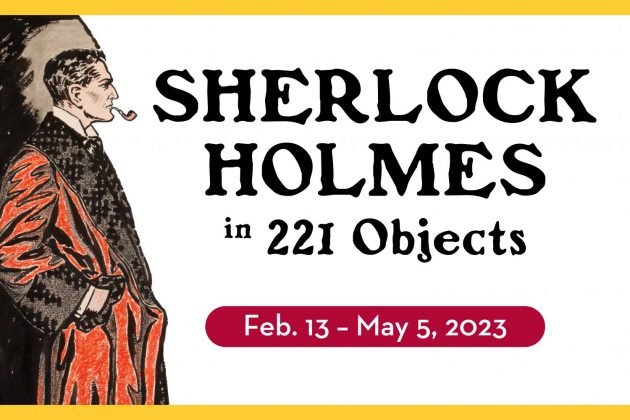
The Eyes See What the Heart Feels
From the Archives of Photographer & Painter Adger Cowans
This exhibition takes a sweeping retrospective look at the life and work of photographer and painter Adger Cowans. Materials from his archives display key thematic moments from the late 1950s to the present including water studies, jazz portraits, Hollywood portraits, and street scenes. Also featured are a selection of paintings and the production archives of the autobiographical artists’ book published out of a collaboration between Cowans and 21st Editions that reveals the spiritual nature of this master photographer and painter.
A new book on Adger Cowans is part of the 21st Editions series, which is included in the University Libraries’ Francis V. Gorman Rare Art Books & Media Collection.


Flora and Fauna Illustrata
April 11 through August 12, 2022 at Elmer L. Andersen Library on the U of M west bank Minneapolis campus
The Flora and Fauna Illustrata collection is the Andersen Horticultural Library’s ongoing project to document all the species of plants, animals, insects, and fungi living at the Minnesota Landscape Arboretum through scientifically accurate fine art.
The FFI collection is currently made up of over 90 juried two-dimensional works of art donated by over 30 different artists, many of whom are local. This exhibition features selected outstanding works from the FFI collection, from aspens and butterflies to turtles and water lilies, as well as process materials from FFI artists.
Learn more on the U Libraries exhibit page.

The YMCA and Relief for War Victims during WWI
Exhibit runs through March 25, 2022 at Elmer L. Andersen Library, 1st Floor Main Gallery.
Between 1914 and 1918, one of the largest, deadliest wars ravaged much of the world. As tens of millions became entangled in the conflict, men and women from the Young Men’s Christian Association [YMCA] waged a parallel fight — a fight to comfort, heal, and uphold the spirits of those impacted by the war.
Ultimately, the YMCA deployed 25,926 men and women at home and abroad in the trenches, training camps, leave areas, and prisoner-of-war camps.
This exhibition explores these courageous actors and the significant aid they provided to the armies and civilians of both the Central and Allied Powers, and is made possible through the recent acquisition of the personal papers of Rev. Walter Teeuwissen, a YMCA Chaplain who served Austrian-Hungarian war prisoners in Siberia.
Initially set to open in 2020, this exhibit was a companion to the conference “Relief, Culture, and Allegiance: Humanitarianism in World War I and its Aftermath,” which was canceled due to the pandemic. With gratitude we thank the conference organizers Dylan Mohr (University of Minnesota), Lena Radauer (Albert-Ludwigs-Universität Freiburg) for their curatorial contributions.
Learn more.
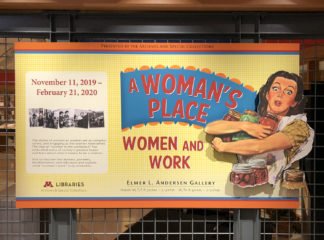
A Woman’s Place: Women and Work
Originally on display in Andersen Library from November 2019 to March 2020, the "A Woman’s Place: Women and Work" exhibit is now available online. Featuring historical materials from across the University of Minnesota Libraries’ Archives and Special Collections, this exhibit explores the myths and realities of women as workers, taking a look at their roles as laborers, volunteers, creators, protestors, and more. The exhibit also focuses on race and class, and how these identities have impacted women’s opportunities and informed public perceptions of working women. The exhibit designed by Darren Terpstra was co-curated by Caitlin Marineau (Assistant Curator for the Children's Literature Research Collection, as well as Kate Dietrick (Archivist for the Upper Midwest Jewish Archives) and Linnea Anderson (Archivist for the Social Welfare History Archives), and the online exhibit was created by intern Ashley Walker, an MLIS student from St. Catherine University. Charles Babbage Institute archival materials that were contributed touched on themes of race and employment, child care, and famous women innovators.

The Machine That Changed the World: ACM and the History of Computing, 1947-2010
In 2008, the Association for Computing Machinery (ACM) donated 57 boxes of information about its administration, operations, and projects to the Charles Babbage Institute. According to its website, ACM "is an international scientific and educational organization dedicated to advancing the art, science, engineering, and application of information technology, serving both professional and public interests by fostering the open interchange of information and by promoting the highest professional and ethical standards." The exhibit, originally featured in the Andersen gallery in early 2010, told the story of the society’s development and expansion over the first 60 years of its existence. A digital companion piece to the exhibit was also created and can be found here.
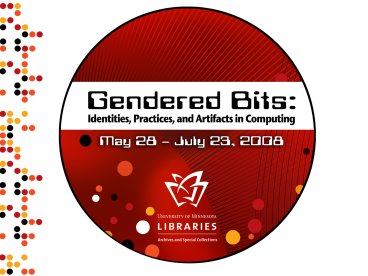
Gendered Bits: Identities, Practices and Artifacts in Computing
From May 28 through July 23, 2008, the Charles Babbage Institute's (CBI) then Archivist, R. Arvid Nelsen presented the exhibit Gendered Bits: Identities, Practices and Artifacts in Computing. This exhibit brought to the forefront a discussion on the critically important theme of gender in computing, specifically the notable inequity in gender representation -- or "gender gap" -- in contemporary computing professions.
If interested in viewing images of the displays from the original exhibit shown in the Andersen Gallery, please contact us.
Digital Exhibits
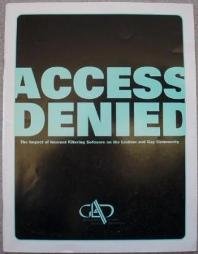
2009 Exhibit on Social Issues in Computing collection
During his time with CBI, former archivist Arvid Nelsen accumulated several sources for the in-suite exhibit on Social Issues in Computing. These included many collections and materials on the history of computing which document the development of the technology itself and of the persons and companies responsible for it. The perspective represented often seems neutral with perhaps an implicit sense that such developments are or were positive. Such a perspective, however, is and has not been universal.
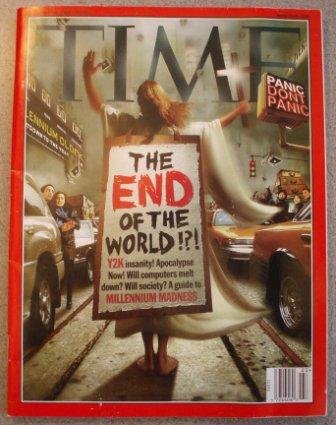
Preparing for an Apocalypse: Y2K
Y2K – also known as the Millennium Bug, or the Year 2000 Problem – was caused by a shortcut taken by early computer programmers. To conserve memory space, early programmers recorded the year using the last two digits rather than four. Computers using this system would then recognize the year 2000 as the year 1900 instead, potentially causing serious problems in many different sectors of business and government.
Computers were envisioned breaking down or behaving erratically. With the extent to which computers had by then become a part of so many machines, cars and appliances, the potential problems seemed enormous and some people feared a complete collapse of societal infrastructures. When this did not occur, society moved on and forgot how important a subject this was on a global scale just a short time ago. The materials seen in this exhibit demonstrate a range of institutions and approaches to the Millennium Bug, from governmental preparations to personal disaster planning.
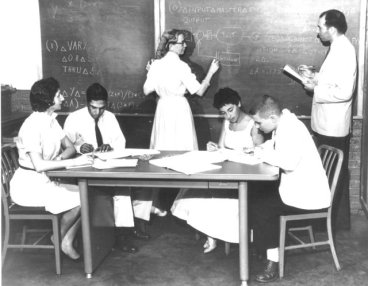
Gender Codes
Intended as a companion piece to the book Gender Codes: Why Women Are Leaving Computing by former director of the Charles Babbage Institute Thomas J. Misa, this exhibit provides a unique international perspective and reveals how computing has become male-coded, highlighting the struggles women have faced in the office, the media, and in culture at large.

Digital State
A companion piece to former CBI Director Thomas J. Misa's book, Digital State: The Story of Minnesota's Computing Industry, this exhibit draws on rare archival documents, photographs, and a wealth of oral histories. Digital State unveils the remarkable story of computer development in the heartland after World War II.
Minnesota-based companies such as Engineering Research Associates, Univac, Control Data, Cray Research, Honeywell, and IBM Rochester were major international players, and together formed an unrivaled epicenter advancing digital technologies. Digital State reveals the inner workings of the birth of the digital age in Minnesota and shows what we can learn from this era of sustained innovation.